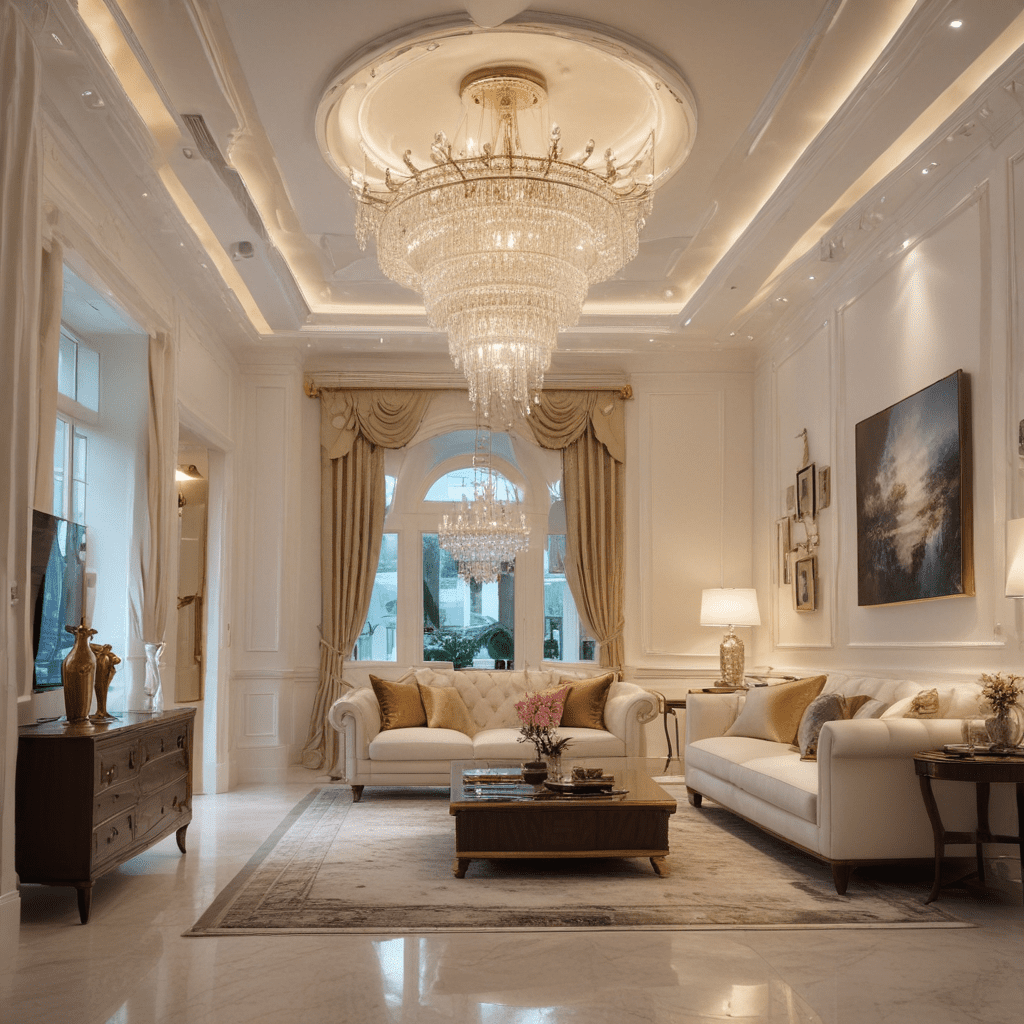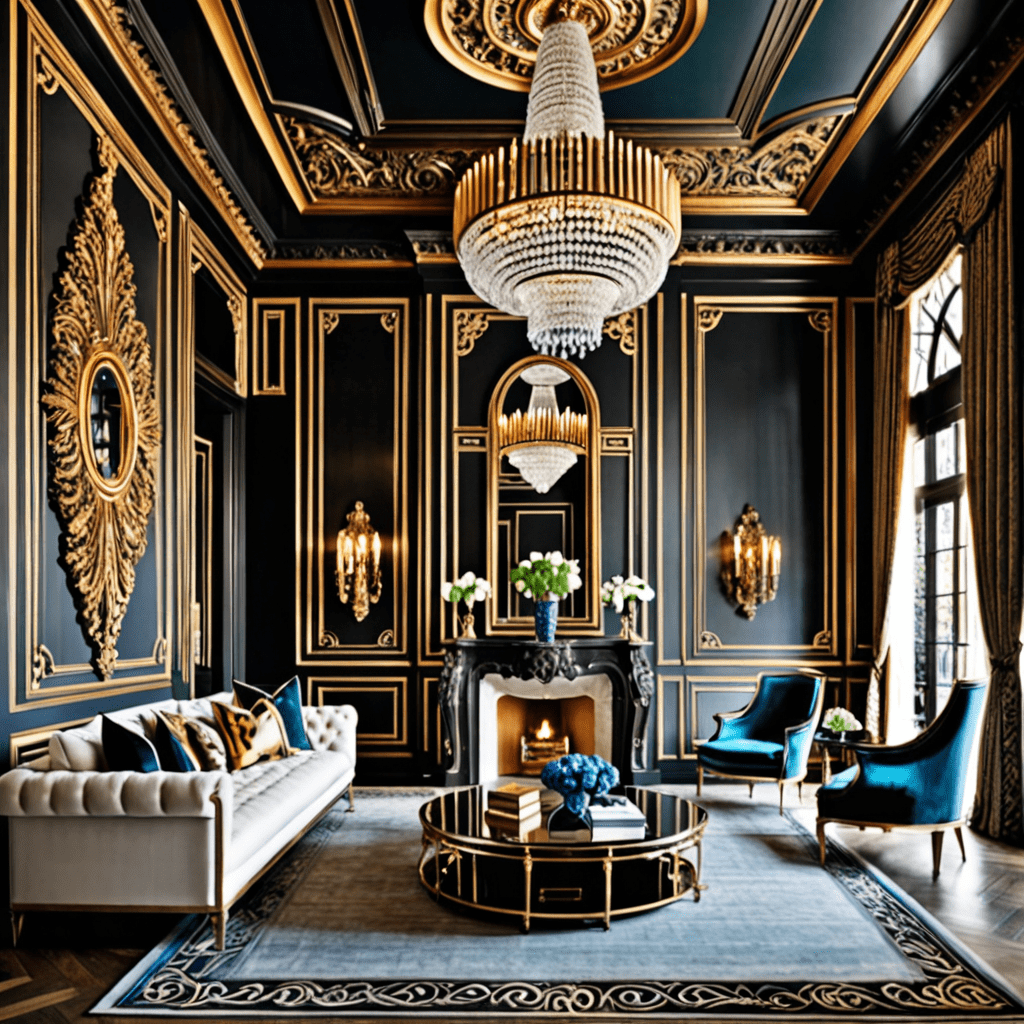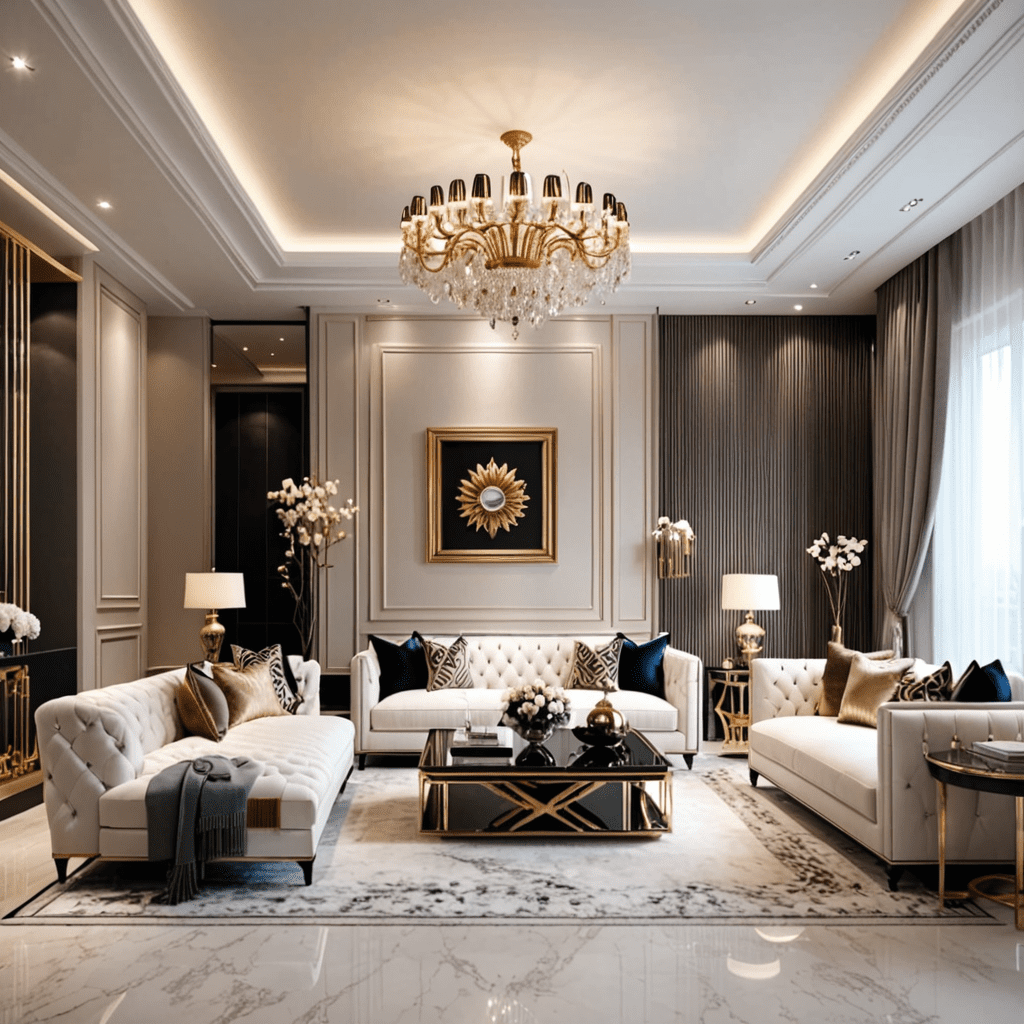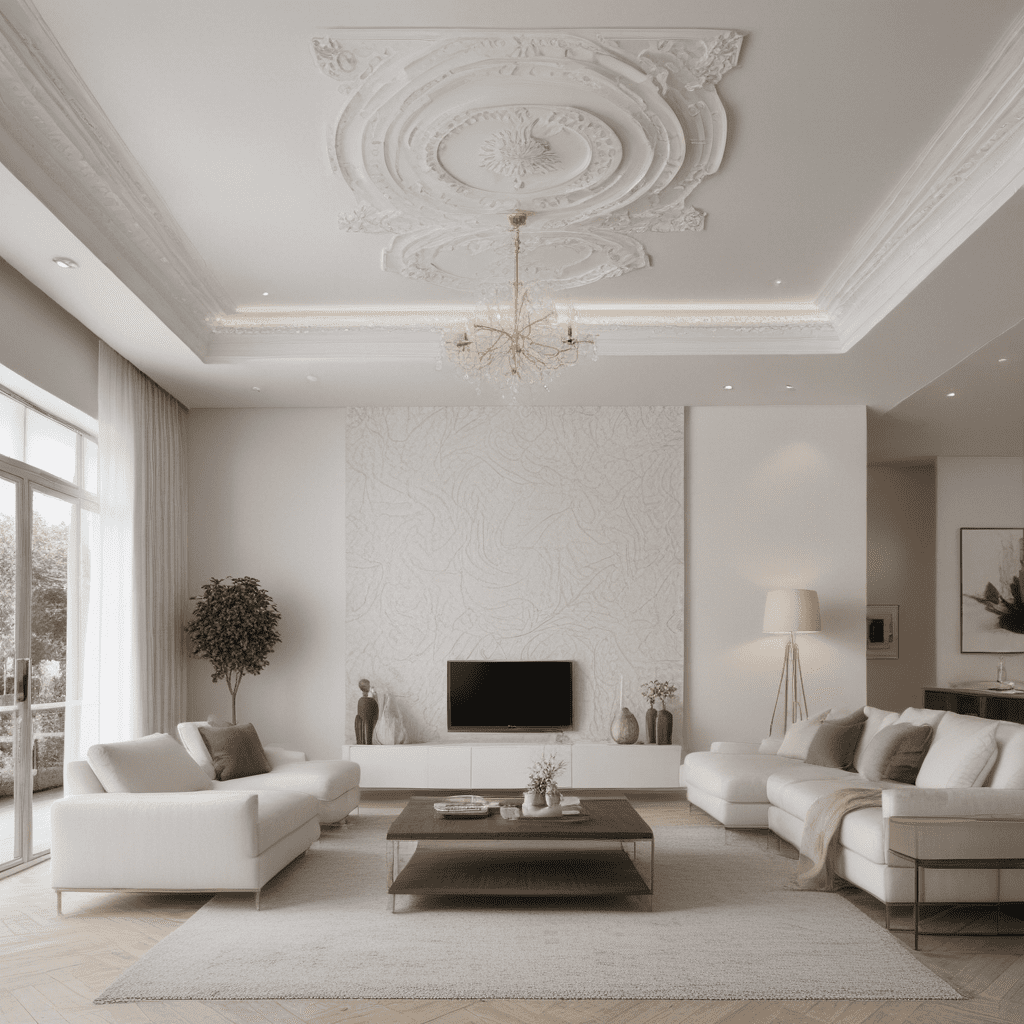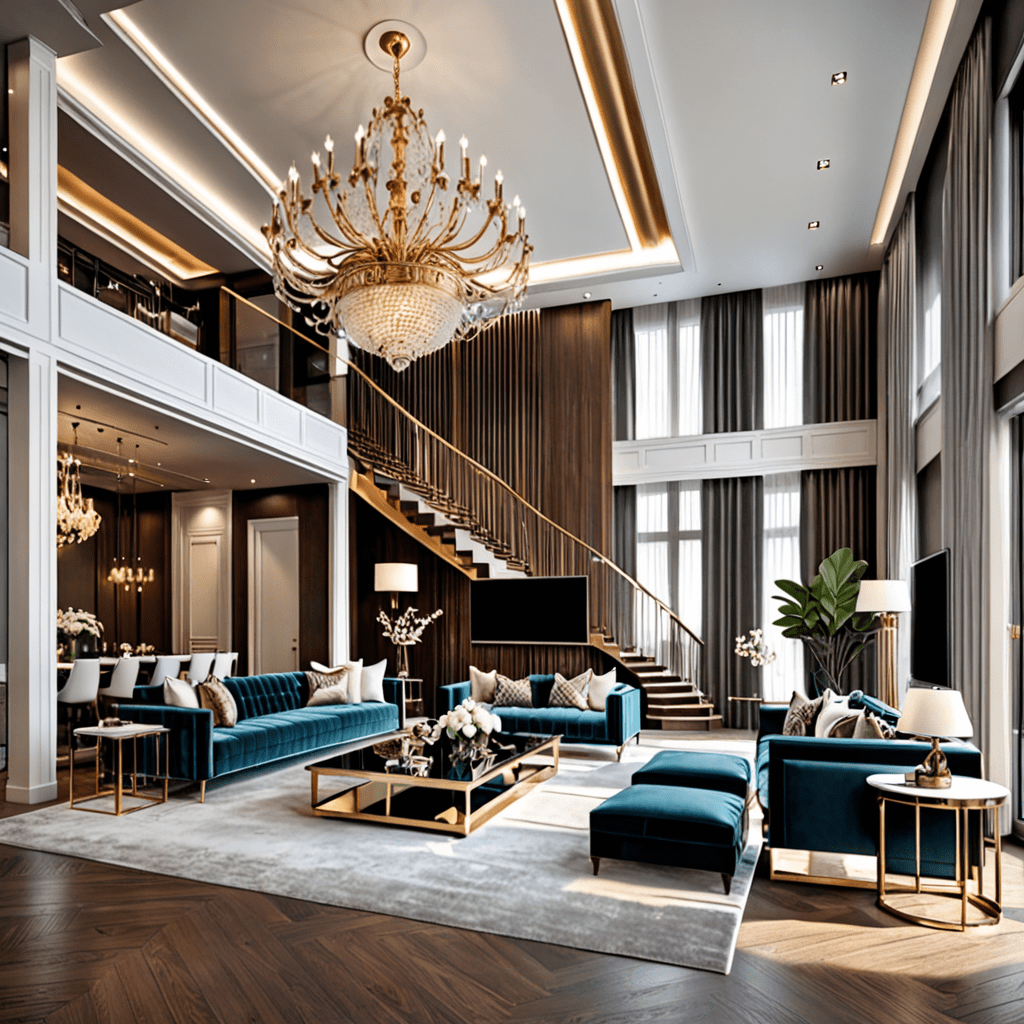Unleashing the Power of Different Shapes in Interior Design
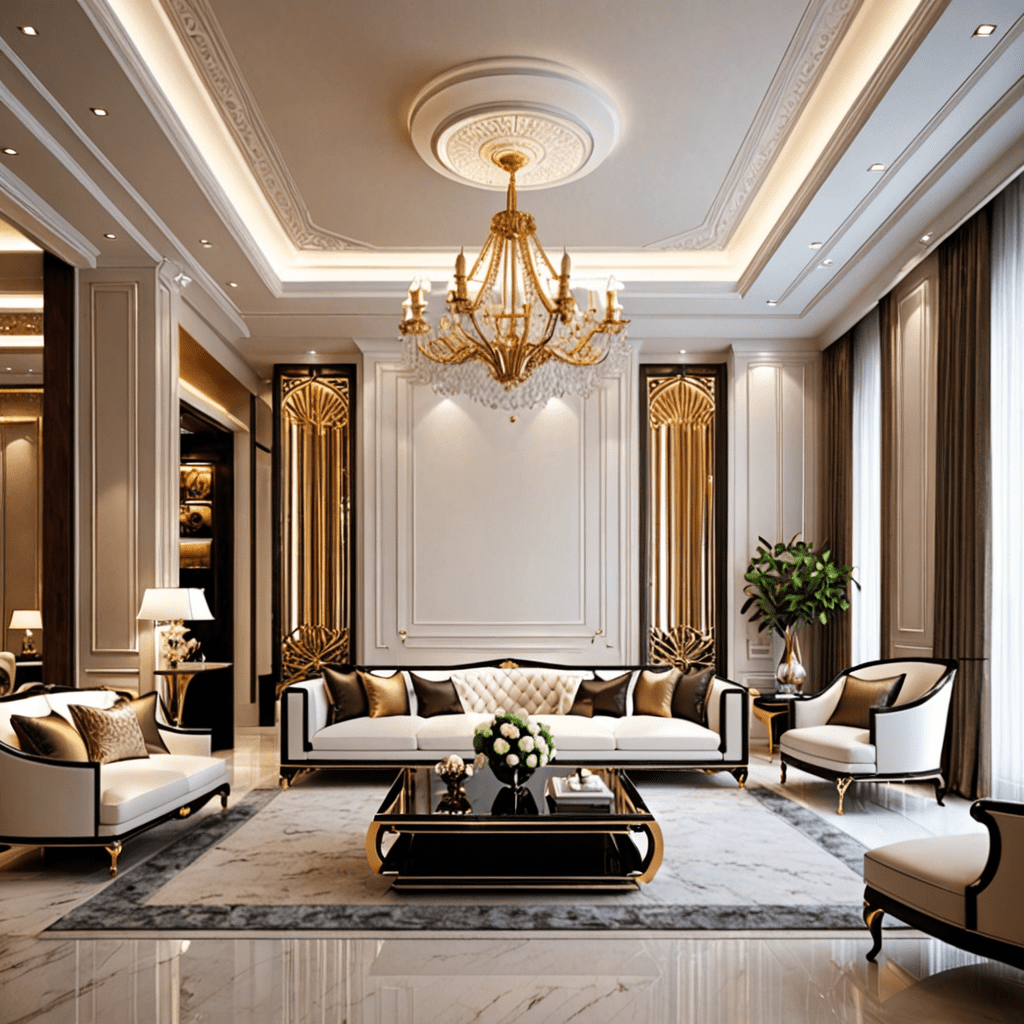

Unleashing the Power of Different Shapes in Interior Design
When it comes to designing the interiors of a home or any space, there are several key elements that play a significant role in creating a visually appealing and functional environment. One of these elements is shape. The use of different shapes in interior design can have a profound impact on the overall aesthetics and feel of a space. In this article, we will explore the importance of shape in interior design and provide insight into how different shapes can be harnessed to create captivating and harmonious spaces. So, let’s dive in and explore the power of shapes in interior design!
Understanding the Influence of Shape
Shapes are fundamental building blocks in interior design. They can dictate the mood, ambiance, and functionality of a space. Each shape carries its own unique characteristics and symbolism, which can evoke certain emotions or convey specific messages. It’s essential to have a comprehensive understanding of shape psychology to make informed design decisions.
Different shapes can create various effects in a space. For example, round shapes tend to promote inclusivity, harmony, and softness. On the other hand, angular shapes give a sense of strength, stability, and modernity. By strategically incorporating these shapes, designers can manipulate the visual perception and atmosphere of a room.
Utilizing Geometry in Interior Design
Geometry has long played a prominent role in interior design. The use of geometric shapes can add a sense of order, symmetry, and cohesion to a space. Whether it’s through the application of patterned tiles, geometric furniture, or statement lighting fixtures, the use of shapes like squares, triangles, and hexagons can create stunning visual interest.
Additionally, geometric shapes can be used to define different areas within a room. Dividing spaces using geometric elements, such as screens or bookshelves, can help maintain a feeling of openness while still providing separation.
The Impact of Curves and Circles
Curves and circles have a softening effect on the overall aesthetics of a space. They can add a sense of fluidity, movement, and comfort. The use of curved furniture, such as sofas or chairs, can create a welcoming and inviting atmosphere. Circular mirrors or artwork can add a focal point and draw attention to specific areas of a room.
Moreover, curves and circles can help counterbalance a predominantly angular or rectangular space. By introducing these softer shapes, designers can create a more balanced and harmonious environment.
Exploring the Beauty of Organic Shapes
Unlike geometric shapes, organic shapes are irregular and asymmetrical. They are inspired by nature and have a more relaxed and natural feel. Incorporating organic shapes in interior design can bring a sense of calmness, tranquility, and authenticity to a space.
Imagine a driftwood coffee table, a sculptural vase, or an irregularly shaped rug. These elements help to introduce an element of uniqueness and visual interest. By combining organic shapes with other design elements, such as texture and color, designers can create a one-of-a-kind space that reflects the beauty of nature.
Creating Balance and Contrast with Shape
Achieving balance and contrast is crucial in interior design. By using a combination of different shapes, designers can create a visually appealing and dynamic space. The juxtaposition of angular and curved shapes, or organic and geometric shapes, can add a sense of visual tension and intrigue.
For instance, if a room consists mainly of straight lines and sharp angles, introducing a few rounded elements can soften the overall look and create a more harmonious balance. Similarly, adding angular elements to an otherwise curvy space can create a striking contrast and add a touch of modernity.
Frequently Asked Questions (FAQ)
Q: Can shapes in interior design affect the functionality of a space?
A: Yes, shapes play a significant role in the functionality of a space. For example, the layout and arrangement of furniture follow specific shapes to optimize the flow and usability of a room. Additionally, shapes can influence the acoustics, lighting, and even the perceived size of a space.
Q: How can I incorporate different shapes in my interior design?
A: One way to incorporate various shapes is through furniture selection. Choose pieces with different shapes, such as round coffee tables, angular bookshelves, or curved sofas. You can also experiment with architectural features, decorative objects, or artwork that showcase different shapes.
Q: Is there a specific rule to follow when using shapes in interior design?
A: While there are no rigid rules, it’s essential to strike a balance and ensure overall visual harmony. Start by identifying the dominant shape in a space and then introduce complementary or contrasting shapes to create interest. It’s also essential to consider proportions, scale, and the specific mood or ambiance you want to achieve.
Q: Can I mix different shapes in the same room?
A: Absolutely! Mixing different shapes in the same room can add depth and visual interest. However, it’s crucial to maintain a sense of coherence by using a consistent color palette, materials, or repeating shapes throughout the space. This will help tie everything together seamlessly.
Q: How can I determine which shape to use in a specific room?
A: When choosing shapes for a specific room, consider the purpose of the space and the desired atmosphere. Round shapes work well in areas intended for relaxation or socializing, while angular shapes are well-suited for more formal or modern environments. Understanding the emotional impact of different shapes can guide your decision-making process.
Q: Can I mix different design styles with the use of shapes?
A: Absolutely! The use of shapes is a versatile design element that can be incorporated into any style. Whether you prefer a minimalist, traditional, or eclectic design, shapes can enhance and complement any style. Experiment and find a balance between shapes and other design elements to create a cohesive and visually appealing space.
In conclusion, shapes are powerful tools that can transform the aesthetics and functionality of any interior space. By harnessing the innate characteristics and symbolism of different shapes, designers can create spaces that evoke specific emotions, enhance functionality, and captivate the senses. So, whether it’s through the use of geometric patterns, curved furniture, or organic shapes inspired by nature, let the power of shapes guide your interior design journey.
